Seaside La Jolla, along the Southern California coast, is home to one of San Diego’s most diverse stretches of ocean, where marine creatures big and small live year-round. One of the celebrity year-round residents is the green sea turtle. From the time you park, walk to the beach, gear up and swim out, you can reach their grassy, shallow realm within 20 to 30 minutes. The green sea turtle is the only species of sea turtle found within La Jolla, and here we’ll share tips on how to increase your chances to dive — or snorkel — with green sea turtles in La Jolla.
Shallow reefs create safe shelter
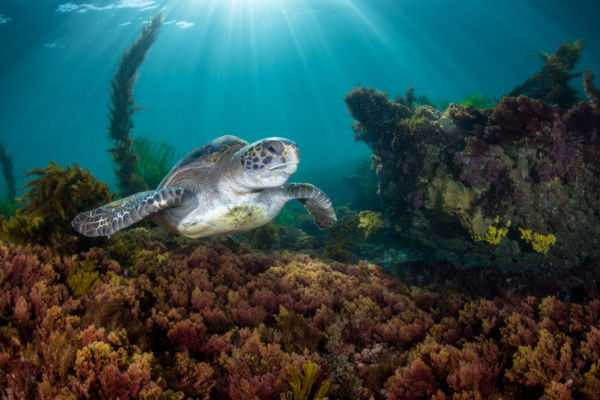 Directly south of staple La Jolla restaurant the Marine Room, you’ll find a narrow, paved path and short set of stairs leading to the shoreline. Here, if the tide is low, there is a narrow stretch of beach that can accommodate a towel, but beware that this strip may become submerged during high tides. Entry at the Marine Room includes swimming past the small waves and continuing southwest to find the rocky reef structure.
Directly south of staple La Jolla restaurant the Marine Room, you’ll find a narrow, paved path and short set of stairs leading to the shoreline. Here, if the tide is low, there is a narrow stretch of beach that can accommodate a towel, but beware that this strip may become submerged during high tides. Entry at the Marine Room includes swimming past the small waves and continuing southwest to find the rocky reef structure.
Keep your eyes in the water occasionally as you approach the reef, as some creatures hang out on this boundary between the sand and grass-covered rocks. Once over the reef, there is no real rhyme or reason to where the animals may be, so the best approach is to split up your group slightly and patrol large swaths of sea while looking for green sea turtles. Luckily, they tend to move slow when they don’t feel threatened or bothered, so make sure to keep your distance.
Rocky reefs
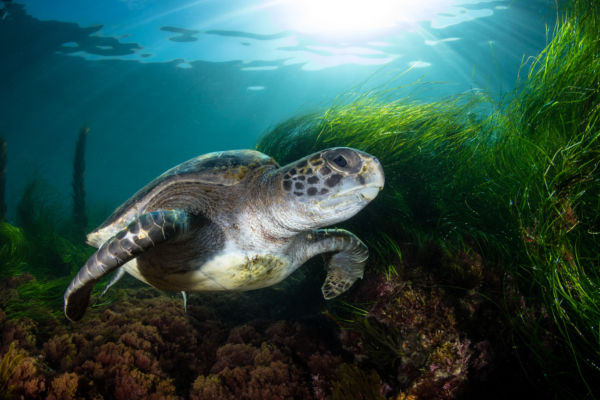 The rocky reef runs out almost to the edge of a deep submarine canyon known as the La Jolla Canyon. Here, nature has created the perfect interplay between the deep abyss and the warm, shallow reefs. The combination of environments offers potential sightings of many large species of fish, sharks and turtles a diver would normally not encounter in the shallows.
The rocky reef runs out almost to the edge of a deep submarine canyon known as the La Jolla Canyon. Here, nature has created the perfect interplay between the deep abyss and the warm, shallow reefs. The combination of environments offers potential sightings of many large species of fish, sharks and turtles a diver would normally not encounter in the shallows.
It’s not uncommon — at different times of year — to see leopard sharks, sevengill sharks, harbor seals, horn sharks, and schools of fish, especially as water temperatures rise above 70 F (21 C) and visibility reaches over 50 feet (15 m). The rocky structure, most of which is the result of coastal erosion, creates the perfect substrate for many types of surfgrass and algae clinging to every available space in the rocks. This structure also helps support a wide variety of fish that sustain themselves on this vegetation, or on the other animals that call the rocky reef home.
Sea turtle sanctuary
Green turtles are the largest of the hardshell sea turtles and can weight over 700 pounds (318 kg) when fully grown. The turtles at the Marine Room are much smaller and are most likely juveniles, but one never knows what animal encounter will be next. Thus, a large adult could always be right around the next rocky outcropping. The area just south of Marine Room is home to at least six individual green sea turtles, and some scientists think there are over 10 individuals during the late summer months. It’s uncommon to see this species in Southern California, which makes interactions within the La Jolla State Marine Reserve all the more exciting. This habitat is protected under law and creates an area where these animals can hopefully live and reproduce in peace.
Throughout the world, the endangered green sea turtle faces great challenges to its survival. Because it nests and deposits eggs on beaches, habitat loss and coastal developments are major factors in species decline.
High tide snorkel session
Now that you’re up to speed on Marine Room and the awesome snorkeling that awaits, it’s time to plan a trip. Locals prefer Marine Room snorkeling right before an incoming high tide for the best chance of incredible visibility and more animal encounters. That said, during the peak months of October and November this area will occasionally stay perfect for weeks at a time as the wind and swells die down. Dust off that mask and snorkel or dive gear — the green sea turtles in La Jolla await.



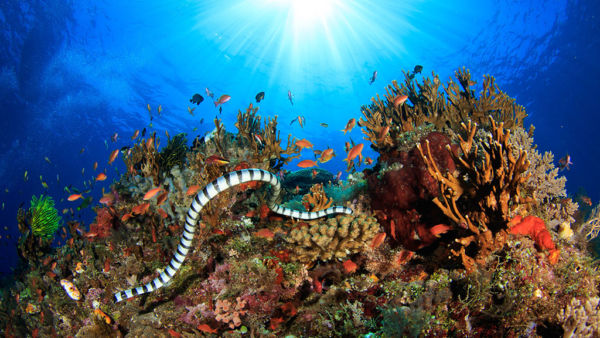



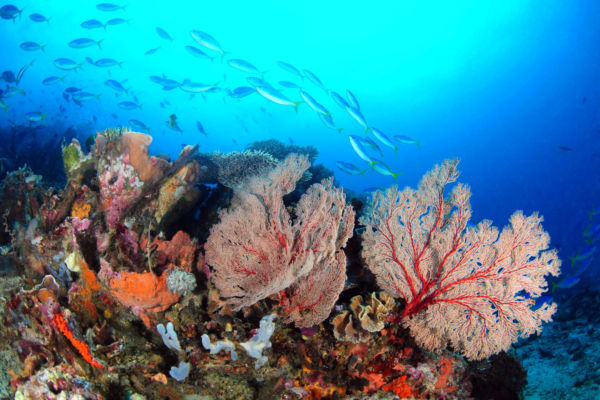
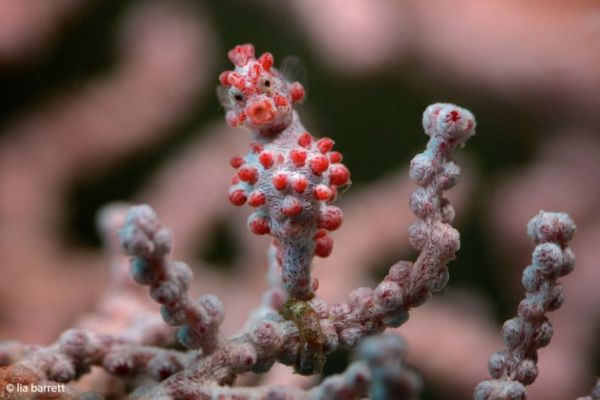
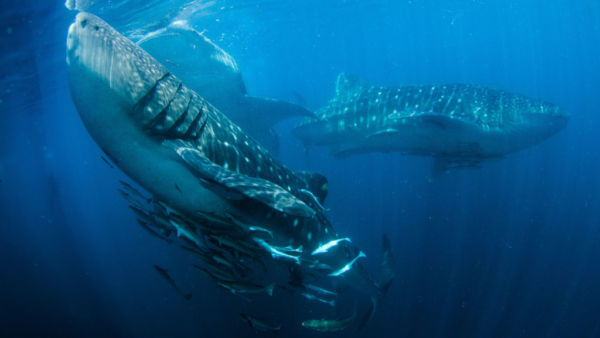
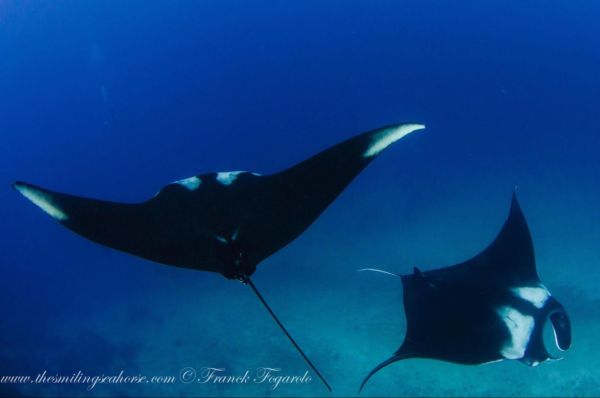
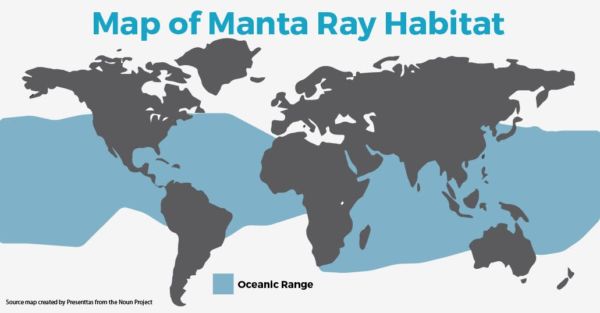 Mergui Archipelago in Myanmar
Mergui Archipelago in Myanmar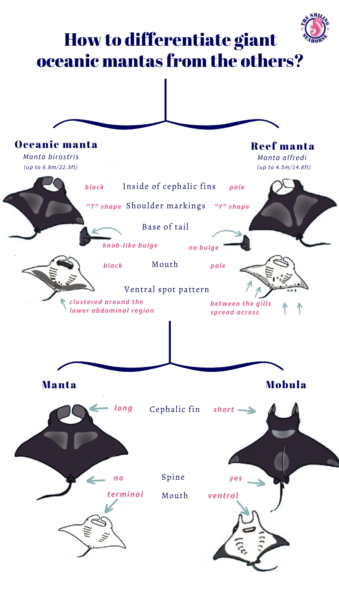 While they have more or less the same shape, giant oceanic mantas are much larger than other mobula types, but what really differentiates them is the position of their mouth. Manta rays have a forward-facing mouth, while the other mobula rays and devil rays have a downward-facing mouth.
While they have more or less the same shape, giant oceanic mantas are much larger than other mobula types, but what really differentiates them is the position of their mouth. Manta rays have a forward-facing mouth, while the other mobula rays and devil rays have a downward-facing mouth.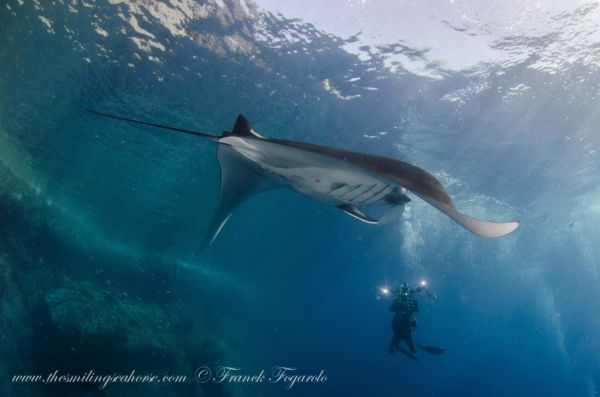
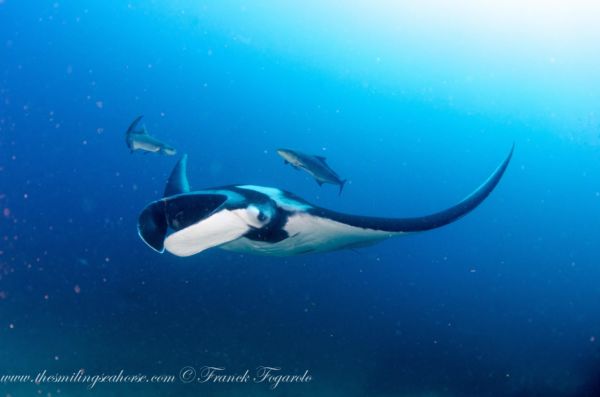



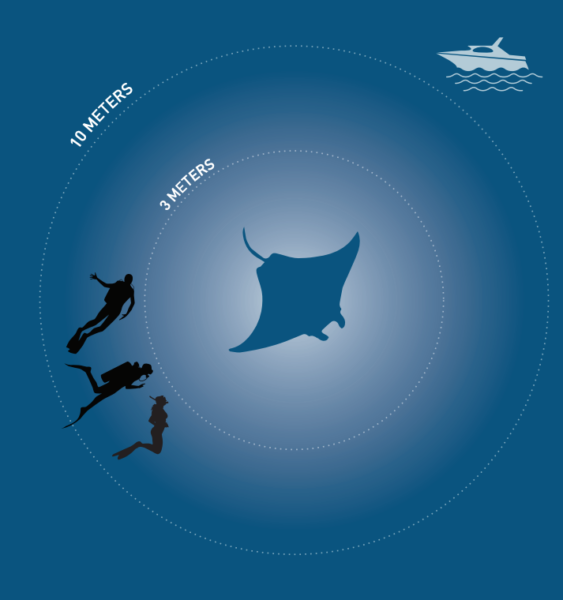


 Private Scuba Tuition – Learn Scuba Skills.
Private Scuba Tuition – Learn Scuba Skills.